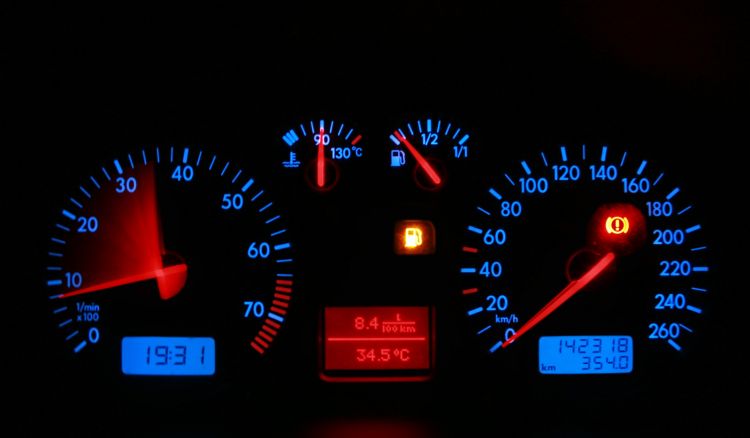Hybrid, plug-in hybrid, and all-electric car battery packs last long. But they can lose some of their power over time. In this article, we will learn how EV batteries lose power? and some tips on how to get the most out of your EV battery. Such as keeping your car at the right temperature and limited DC Fast Charging.
EV Batteries Wearing Out
Your all-electric car’s battery pack can last as long as the car itself. However, over time, EV batteries will slowly lose some of the power they can hold. “Battery degradation” is the name for this process, which can lead to less energy capacity, range, power, and total efficiency.
Sadly, it’s not easy to tell when a battery will start to lose power. One brand’s car may not work the same way as another brand’s car. The way a car is driven, charged, and maintained also varies from one car to the next. However, modern EV batteries often last longer than 10 years. And some will last much longer than that before they need to be changed. Most people who own electric cars will sell them a long time before they need to get a new battery pack.
Situations in which battery degradation can get worse
It’s important to remember that battery degradation can get worse in a few situations:
- When an EV battery is regularly driven down to almost no charge and then charged from low to full charge,
- If an EV battery is charged at Level 3 over and over, which is also called DC Fast Charging (DCFC),
Some companies argue that Level 3 DC Fast Charging (DCFC) should not be the primary method for charging cars. The company says that “frequent use of DC Fast Charging may damage battery performance and durability, and Kia advises reducing use of DC Fast Charging.”
Things in the environment, like being expose to high temperatures for a long time, can affect how well batteries work and even cause them to break down. In particular, batteries don’t work well when it’s less than 20 degrees Fahrenheit outside. You can lose as much as 40% of your range if you use the heater in your car when it’s really cold.
For EV battery packs to work at their best, they should be kept charged to between 60% and 80% of their capacity, fast charging should be avoided, and Long periods spent in hot weather are not recommended for the car.
How does a battery lose its power?
The battery doesn’t lose power all at once. Depending on the things we talked about earlier, electric car batteries only lose about 1% to 2% of their range every year on average. Most batteries can last longer than a car’s life.
Scientists have found that the original Tesla battery should be able to last for 500,000 miles without any problems. One example is the Tesla S type battery. It’s still possible to drive even though the battery is getting weaker; it just loses some of its power and range.
Authors of blog posts about their Tesla Model S cars have said that for the first 50,000 miles, about 95% of the battery still works. A 5 percent drop in battery life could mean 20 miles of range. Surprisingly, the battery only lost 5 percent of its power over the next 100,000 miles. So, moving for 150,000 miles only caused the battery to lose an average of 10 percent of its power. A new battery typically doesn’t require replacement until it has lost 50 to 65 percent of its power.
The battery’s life also changes over time; even if you don’t drive far, it loses power over time. Hybrid batteries can work for at least 10 years. Time-based warranties are now the norm in the business to cover any failure that comes up out of the blue. Hybrid car warranties have to cover eight years of battery life by law, so most automakers give warranties that last at least that long.
Don’t freak out if you need to replace the battery on a car that is no longer under protection. The price of a new battery pack keeps going down. Techs can install approved used battery packs from wrecked cars, making the repair more affordable.
How to Keep Batteries From Wearing Out
It is thought that EV batteries could last up to 500,000 miles. There are safeguards in place that make sure new electric cars can’t overcharge, over discharge, or get too hot. If you want to help your EV battery last longer, there are some things you can do.
Avoid Discharging Below 20%: If you don’t drive your EV when the battery is below 20% charged, it will last longer and you’ll always have enough charge to get home.
Only Charge Up to 80%: For most EV owners, the range is enough for daily commuting and running chores, and charging up to 80% is enough for a day’s rides. For lithium-ion batteries, a full charge of 100% is not good. With the charger that comes with your EV, you can lower the highest charging limit.
Also, make sure that your car is at the right temperature. Lithium-ion batteries work best in temperatures that are comfortable for people. It’s probably not good for your EV if it’s too hot or too cold outside for you. When it’s hot, park your car in the garage or in the shade.
Don’t Be a Lead Foot: Slowing down is important for getting more battery life. If you accelerate slowly and evenly, you won’t drain the battery.







